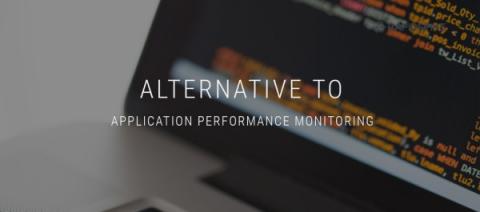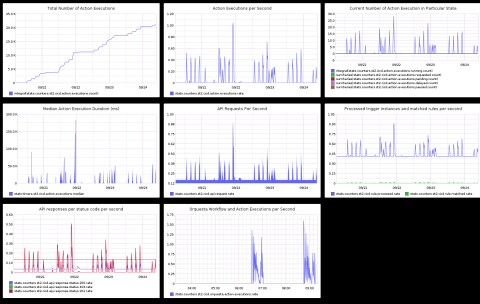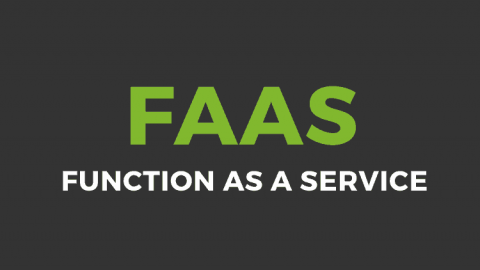Alternative to Application Performance Monitoring (APM)
It’s essential to monitor server vitals such as CPU utilisation, memory usage and free disk space to spot the warning signs of impending doom (hands up those that have run out of disk space on a production server before. Many turn to Application Performance Monitoring (APM) software for help. But APM solutions can be expensive, require software to be installed and require system access that some people may not be comfortable with.











